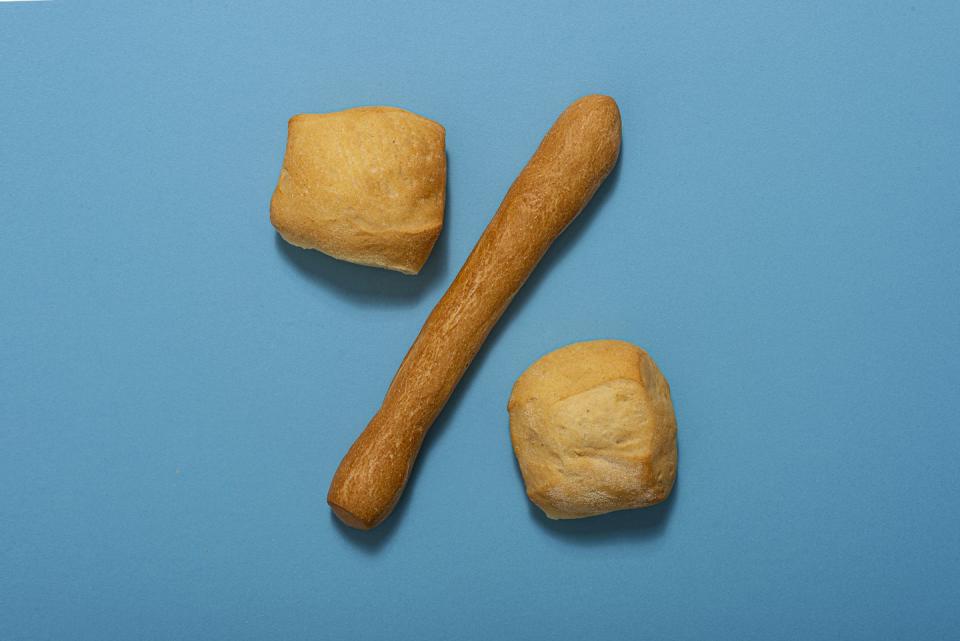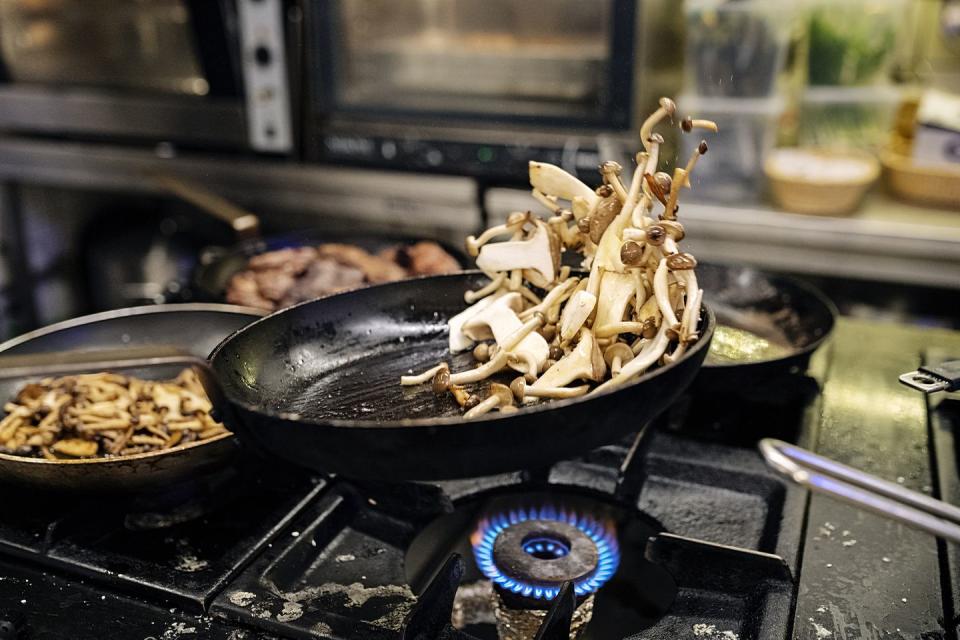6 Carbohydrates That Won't Throw You Out of Ketosis

Putting your body in a state of ketosis—the goal of the ketogenic diet—takes some willpower.
Just in case you need a refresher, a ketogenic diet is a diet based on a very low-carbohydrate, high-fat eating plan. This approach to eating forces your body to break down fat stores into "ketones" (hence the name) for energy.
Scientists are still researching the short- and long-term effects of a ketogenic diet, but some studies are emerging to show a benefit.
In a recent study reported in the journal Nutrition Research, obese men who followed a ketogenic diet for 12 weeks experienced decreased appetite, an average weight loss of 39 pounds, improved physical performance, better brain function, and lower insulin levels.
What's more, additional research is pointing toward the health benefits of intermittent fasting, including the more extreme ketogenic diet. But can you do both at once?

“To move your body into ketosis, you have to limit carbohydrates to between 5 and 10 percent of total calories or about 20 to 50 grams of carbs per day,” says nutritionist Carolyn Williams, PhD, RD, author of the cookbook Meals That Heal and a contributor to The Men’s Health Guide to Intermittent Fasting. “While that’s a very low carb diet, it doesn’t mean you can’t get the healthy nutrients you need from vegetables.”
In fact, you can eat your fill of quality carbohydrates, and still reach that holy grail of fat-burning ketosis. The trick, says Williams, is choosing fruits and vegetables with less than 5 grams of net carbs per serving. (You calculate net carbs by subtracting grams of dietary fiber from grams of carbohydrates.)

That leaves you with a few fruits like berries and avocado, and good selection of vegetables that’ll taste even better with a generous dose of keto-friendly fats like olive oil or butter.
Focus on these six low-carb fruits and vegetables in your quest for ketosis:
1. Avocados
While most fruits are off limits on a keto diet, this fatty fruit is an exception. Avocado is one of the most popular keto diet foods because it’s loaded with healthy monounsaturated fat. Plus it has three grams of fiber per 1/4 fruit, which negates all but one of its carb grams.
2. Tomatoes

Here’s another keto-friendly fruit, an excellent source of the compound lycopene that is associated with a lower risk of cardiovascular disease, according to a study in the British Journal of Nutrition.
3. Spinach
Leafy greens like spinach are very, very low in calories and carbs, which make them a great way to get helpful nutrients like potassium, iron, vitamins A and C, and fiber. A cup of raw spinach, for example, contains just under 7 calories and 1 gram of carbohydrate.
4. Mushrooms

The meaty texture of mushrooms makes them very satisfying for people following a ketogenic diet. Grill a large Portobello cap and eat it with a fork and knife as you would a steak. It packs just 15 calories and just 1 grams of net carbs thanks to its dietary fiber content.
5. Cauliflower
This is another satisfying low-sugar vegetable. Steam and mash it as a delicious substitute for starchy potatoes. A cup of cauliflower mash contains about 4 grams of net carbs. Bonus: Studies show that high-fiber foods like cauliflower play a significant role in improving gut health.
6. Asparagus

The deep green color of these low-calorie, low-carb vegetables signifies they’re high in antioxidants, such as vitamin E, and vitamin C, as well as plant chemicals called flavonoids.
Asparagus contains three key flavonoids—quercetin, kaempferol, and isorhamnetin—that have been shown to offer anti-inflammatory properties and blood-pressure lowering effects in human studies, according to a recent review in the journal Nutrients.
All of these fruits and vegetables pair nicely with the fats and proteins that make up the bulk of a ketogenic meal plan. For 15 easy recipes that’ll make your journey to reach ketosis even more delicious, check out The Men’s Health Guide to Intermittent Fasting: Build Muscle and Torch Fat without Stressing About What You Eat, available here.
You Might Also Like

